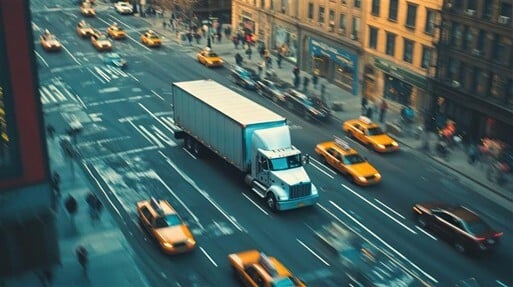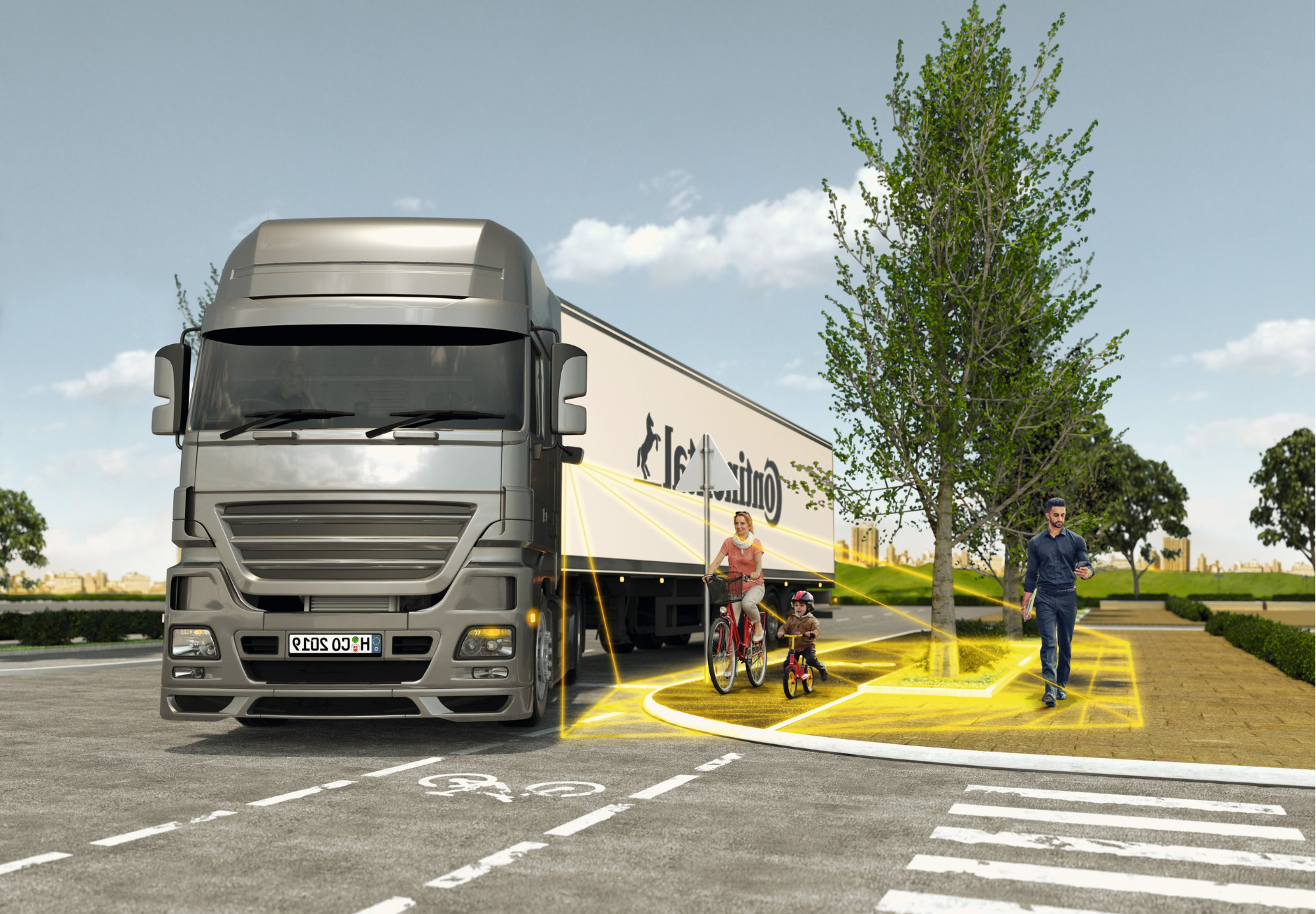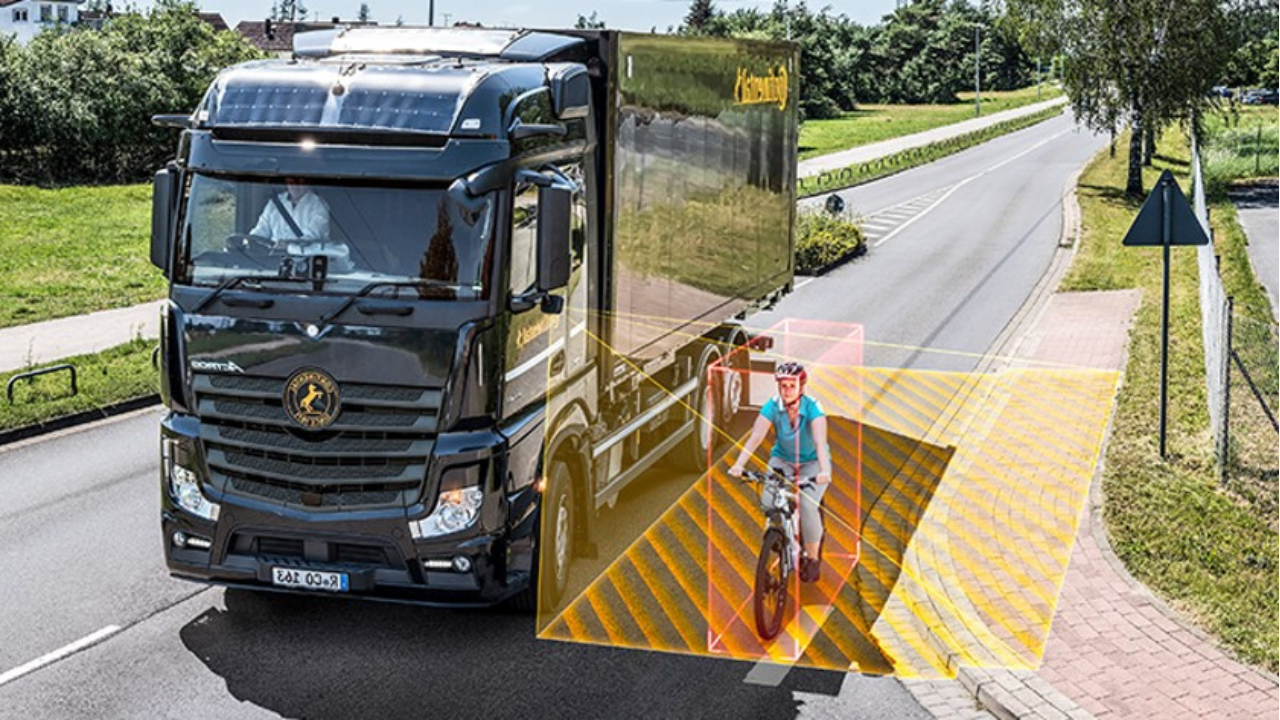Improving Truck Driver Visibility with MAX-SAFE
Blind spots at the front, corner and sides of heavy vehicles are often the main cause of collisions with vulnerable road users, resulting in...

Not every fleet carries the same level of risk. While some hazards are visible, others are built into the way vehicles operate and where they are used. Often, risk increases not due to poor driving, but because of limitations in visibility, ageing equipment, and the environments in which these vehicles work.
High risk fleets expose drivers, pedestrians, and organisations to preventable incidents. Understanding the causes of risk is the first step toward safer operations.
Many older vehicles on Australian roads lack modern visibility tools. Their design limits what drivers can see, especially when navigating tight or congested areas. With no built-in sensors, cameras, or proximity alerts, drivers are left relying on mirrors and best judgment to detect what is around them.
This becomes particularly challenging when fleets operate near schools, parks, shared transport zones, or footpaths. These environments increase exposure to vulnerable road users like pedestrians and cyclists. The risks are even higher when vehicles reverse frequently, operate at low speeds in busy areas, or have reduced visibility at night or in poor weather.
Operational issues can also increase risk. High driver turnover, inconsistent training, and limited awareness of blind spots all contribute to the likelihood of incidents.
In 2021 in Australia, there were 8,163 cyclists hospitalised, making up 20.7% of all road‑crash hospitalisations. That was higher than in 2014, when 6,636 cyclists hospitalised made up 18.7%.
National Road Safety Data Hub
Transport accidents overall are a major source of harm. In 2023–24, transport‑related injuries resulted in about 65,189 hospitalisations, or 11.3% of all injury hospitalisations in Australia. AIHW
Crashes involving heavy vehicles remain a concern, especially in blind spot incidents. For example, every‑year a number of cyclist fatalities are associated with trucks. In one case a cyclist was fatally struck by a truck where the driver likely never saw them due to a forward blind spot. ABC

There are several signs that indicate your fleet may be carrying unnecessary safety risk:
These conditions increase the chance of collisions, especially when multiple factors combine.
Improving safety does not require a full fleet replacement. In many cases, the right upgrades and training can significantly lower risk without major capital investment.
SGESCO-MAX supports councils and fleet operators with visibility systems that help drivers detect people and objects in blind zones. The MAX-SAFE Protect 360 AI system provides full coverage around the vehicle using intelligent cameras and sensors. These deliver real-time alerts when someone is nearby, giving drivers more time to respond.
Training is also critical. When drivers understand how to use detection systems effectively and are trained to recognise risky conditions, safety improves across the board. Regular daily checks, site assessments, and incident reviews help teams identify what needs improvement.
Even small steps like cleaning camera lenses, reviewing high-risk routes, or changing how vehicles enter sites can make a meaningful difference.
Risk is not always visible. But it becomes clear when you look at the data, the vehicle’s blind zones, and the people exposed to them. A high risk fleet is not just a danger to the community, it can be a cost to the business, both financially and reputationally.
The good news is that risk can be managed. With the right visibility tools, upgraded training, and support from trusted partners, any fleet can become a safer one.
If you are unsure about the current risk profile of your fleet, or want help identifying the best upgrades, SGESCO-MAX is here to support your next step.

Blind spots at the front, corner and sides of heavy vehicles are often the main cause of collisions with vulnerable road users, resulting in...

In the coming decade, 40% of Australians will be at risk of being struck by a heavy vehicle if fleet operators don’t take critical CoR actions to...

Putting a dollar figure to the value of a human life is an odd thing to do. Many of us do it though, when taking out life insurance to cover our...